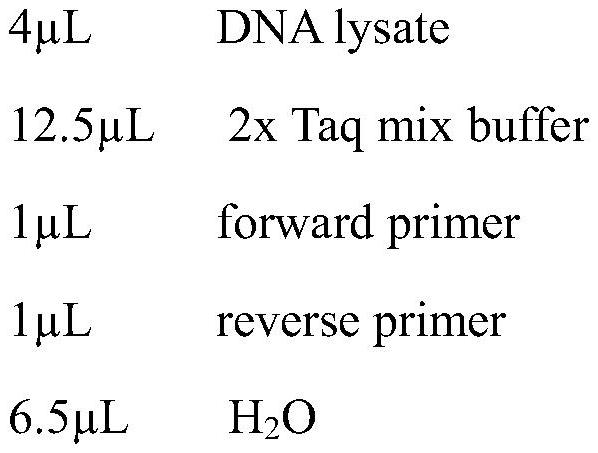Anti-GPR65 monoclonal antibody, hybridoma cell strain secreting antibody and application
A monoclonal antibody and hybridoma cell technology, applied in the direction of anti-receptor/cell surface antigen/cell surface determinant immunoglobulin, antibody, application, etc., can solve the identification purpose that limits the application field and scope, and cannot be specific Problems such as protein, to achieve the effect of good application prospects
- Summary
- Abstract
- Description
- Claims
- Application Information
AI Technical Summary
Problems solved by technology
Method used
Image
Examples
preparation example Construction
[0038] Preferably, the preparation method includes the following steps: inject the hybridoma cell GPR65-9G7 described in the third aspect into the peritoneal cavity of an animal for cell proliferation, obtain ascites and perform purification to obtain the monoclonal antibody GPR65-9G7.
[0039] Preferably, the preparation method of the monoclonal antibody hybridoma cell GPR65-9G7 is as follows: construct a GPR65 protein knockout animal, inject the antigen and adjuvant into the animal for immunization, screen the immune positive animals, obtain the organ of the animal that produces the antibody The cells are fused, and positive hybridoma cells are screened to obtain the monoclonal antibody hybridoma cell GPR65-9G7.
[0040] Further, the immunized animals include monkeys, rabbits, dogs, guinea pigs, mice, rats, sheep and goats, preferably mice.
[0041] Further, the antigen is a polypeptide modification shown in SEQ ID NO: 1, and the modification includes coupling with a carrier...
Embodiment 1
[0049] 1. Selection of Immunized Animals
[0050] Since the preparation technology of the mouse monoclonal antibody is very mature, does not involve the issue of patent ownership, is simple to operate, and has low production cost, this example chooses to prepare the monoclonal antibody of the mouse GPR65 protein.
[0051] The mouse GPR65 protein and the human GPR65 protein have high homology, especially the functional region LOOP2 region of GPRs ( https: / / www.uniprot.org / align / A20201028E5A08BB0B2D1C45B0C7BC3B55FD265560019 CC9 ), which brings great difficulties to the preparation of monoclonal antibodies using wild-type mice. Therefore, in this example, the GPR65 protein knockout mouse (GPR65-KO) constructed on the background of C57 / B6 was used to carry out the experiment. When constructing GPR65-KO mice, eGFP protein was inserted. First of all, he helped to identify GPR65-KO.
[0052] (1) DNA was extracted from mouse tissue using a tissue lysis kit. Cut the ear of a mou...
PUM
 Login to View More
Login to View More Abstract
Description
Claims
Application Information
 Login to View More
Login to View More - R&D Engineer
- R&D Manager
- IP Professional
- Industry Leading Data Capabilities
- Powerful AI technology
- Patent DNA Extraction
Browse by: Latest US Patents, China's latest patents, Technical Efficacy Thesaurus, Application Domain, Technology Topic, Popular Technical Reports.
© 2024 PatSnap. All rights reserved.Legal|Privacy policy|Modern Slavery Act Transparency Statement|Sitemap|About US| Contact US: help@patsnap.com










